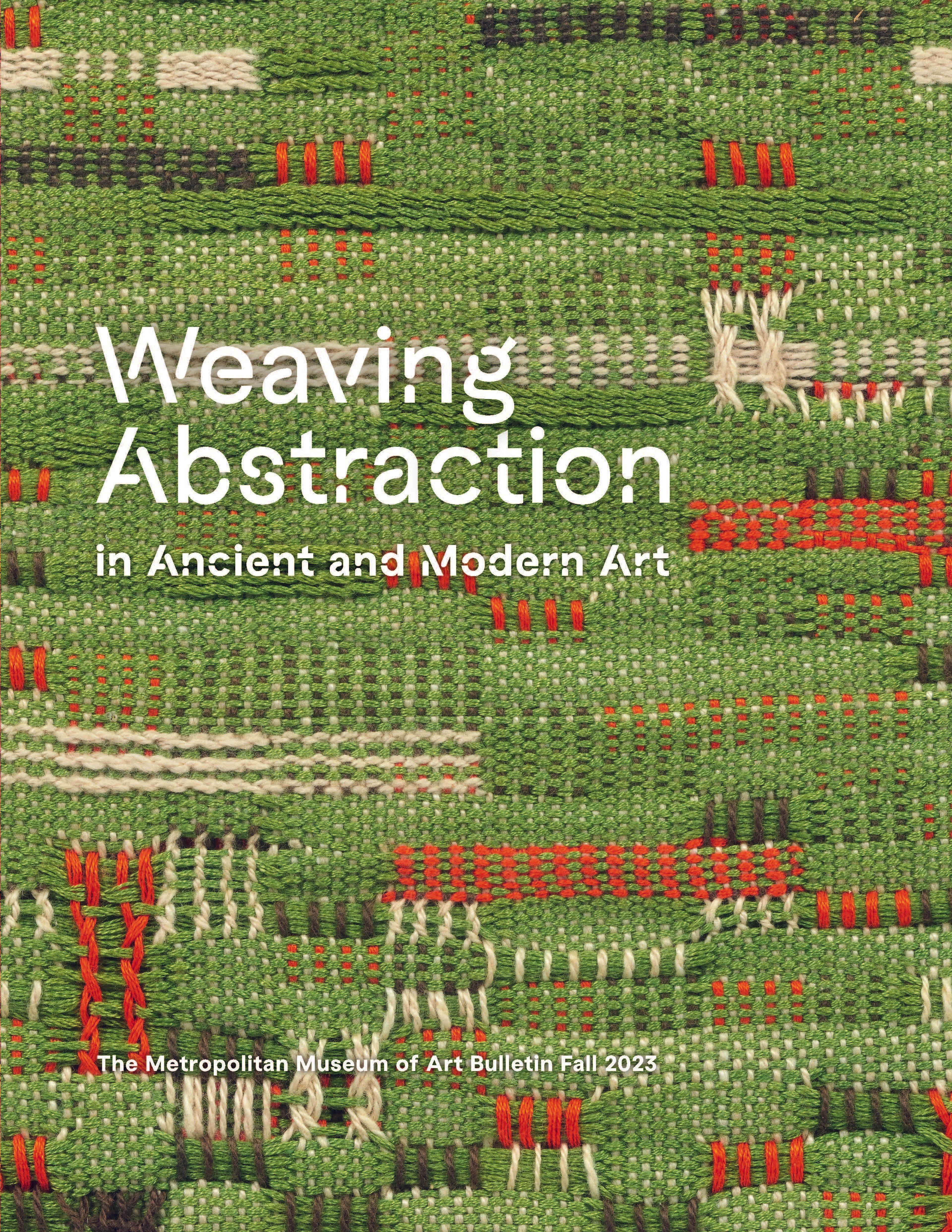Textile Fragment
Cloth making began in the Andes at least as early as the third millennium B.C. and remained a medium of artistic expression and carrier of important social, political, and religious information for millennia, preceding ceramics by more than a thousand years in Peru. Many different textile structures were developed; indeed, Peru was home to one of the broadest ranges of textile structures known in the ancient world. Designs could be woven into the fabric, or embroidered or painted onto a base fabric, as is the case here. Providing a portable and/or wearable surface for the depiction of complex imagery, textiles are thought to have facilitated the spread of Chavín imagery from the north, where it originated, to the southern Peruvian coast, where this fragment is said to have been found. The motifs and painting style closely resemble those of stone carvings at the site of Chavín de Huantar, a site in the northern highlands and the center of an important religious tradition in the first millennium BCE. The figure's clawed hands and feet, serpent hair, and serpent belt relate it to the Staff God, one of the main deities worshipped at Chavín de Huantar. Here a fanged, supernatural figure with raptor claws encircled by red octagons was painted with a red iron pigment in the 4th or 3rd century BCE (Burger et al., 2023). These red serpentine forms terminate in profile heads, one upside down in a mirror image, that together form a new head with a fanged mouth. The composition would have been repeated across the textile in an infinity pattern, that is, a theoretically boundless continuation of imagery, a suite of compositional conventions that would endure for another thousand years.
References and Further Reading
Bird, J. B. Peruvian Paintings by Unknown Artists: 800 BC to 1700 AD. Center for Inter-American Relations, New York, 1973.
Conklin, William J. “The Culture of Chavin Textiles.” In Chavin: Art, Architecture and Culture. edited by William J Conklin and Jeffrey Quilter, pp. 261-278. Los Angeles, CA: Cotsen Institute of Archeology at UCLA, 61, 2008.
Cordy-Collins, Alana. “Cotton and the Staff God: Analysis of an Ancient Chavín Textile.” In The Junius B. Bird Pre-Columbian Textile Conference, edited by A. P. Rowe, E. P. Benson, and A.-L. Schaffer, pp. 51-60. Washington, D.C: The Textile Museum and Dumbarton Oaks, 1979.
References and Further Reading
Bird, J. B. Peruvian Paintings by Unknown Artists: 800 BC to 1700 AD. Center for Inter-American Relations, New York, 1973.
Conklin, William J. “The Culture of Chavin Textiles.” In Chavin: Art, Architecture and Culture. edited by William J Conklin and Jeffrey Quilter, pp. 261-278. Los Angeles, CA: Cotsen Institute of Archeology at UCLA, 61, 2008.
Cordy-Collins, Alana. “Cotton and the Staff God: Analysis of an Ancient Chavín Textile.” In The Junius B. Bird Pre-Columbian Textile Conference, edited by A. P. Rowe, E. P. Benson, and A.-L. Schaffer, pp. 51-60. Washington, D.C: The Textile Museum and Dumbarton Oaks, 1979.
Artwork Details
- Title:Textile Fragment
- Artist:Chavín artist(s)
- Date:4th–3rd century BCE
- Geography:Peru
- Culture:Chavin
- Medium:Cotton, refined iron earth pigments
- Dimensions:H. 5 3/4 x W. 12 1/4in. (14.6 x 31.1cm)
- Classification:Textiles-Woven
- Credit Line:Bequest of Jane Costello Goldberg, from the Collection of Arnold I. Goldberg, 1986
- Object Number:1987.394.704
- Curatorial Department: The Michael C. Rockefeller Wing
More Artwork
Research Resources
The Met provides unparalleled resources for research and welcomes an international community of students and scholars. The Met's Open Access API is where creators and researchers can connect to the The Met collection. Open Access data and public domain images are available for unrestricted commercial and noncommercial use without permission or fee.
To request images under copyright and other restrictions, please use this Image Request form.
Feedback
We continue to research and examine historical and cultural context for objects in The Met collection. If you have comments or questions about this object record, please contact us using the form below. The Museum looks forward to receiving your comments.
